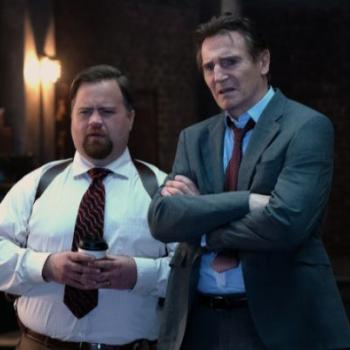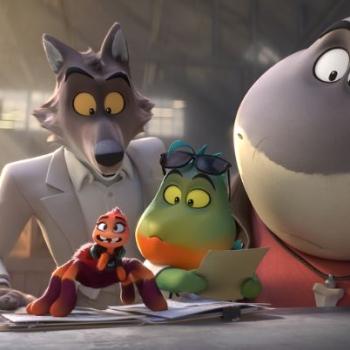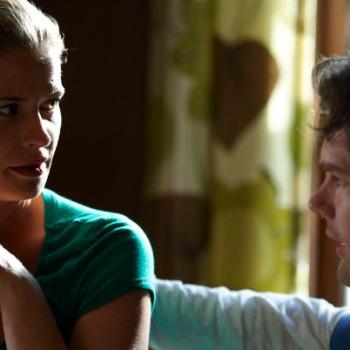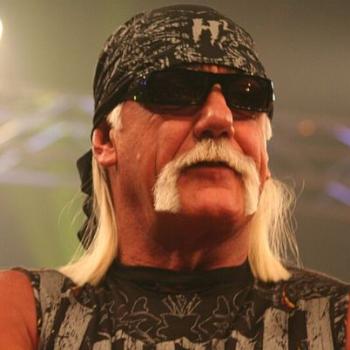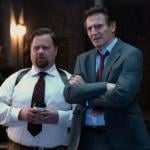Director Dean DeBlois takes the beloved animated franchise “How to Train Your Dragon” into new territory with a live-action adaptation that manages to capture the heart and wonder of the original while offering a more mature storytelling experience.
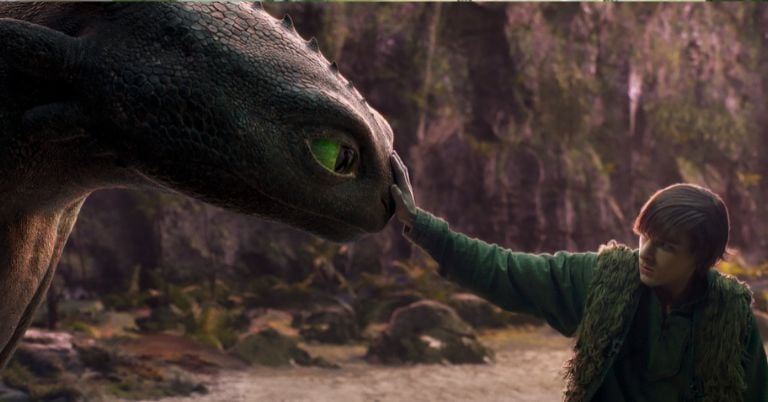
DeBlois, who previously helmed the animated trilogy and worked on Disney’s “Mulan,” approached the live-action project with a clear mission: to preserve the soul of the original while expanding its narrative depth.
“If you’re going to do it, please let me do it,” DeBlois recalled telling studio executives. “I can ensure that the wonder and the emotion and the knowledge of the world and the characters gets ported over into this new medium.”
The film represents more than just a visual translation of the animated series. DeBlois aimed to create a truly intergenerational experience that harkens back to family films of the 1980s. “You don’t have to be a kid to see the film,” he explained. “You’ll see it as an adult and appreciate certain themes, but it’s not going to exclude the kid audience.”
Central to the story remains the character of Hiccup, a young Viking who challenges traditional expectations through compassion and empathy. DeBlois drew parallels to his work on “Mulan,” noting the similar narrative of a character eager to meet family expectations while fundamentally different from community norms.
“He wants to make his father proud. He wants to fit into the community. He’s an outsider who longs for acceptance,” DeBlois said. “Although seen as a betrayal at first, he ushers in a whole new era of peace simply by following his heart and leading with empathy and compassion.”
This theme of understanding and breaking barriers resonates beyond the fantastical Viking and dragon setting. “It’s a story that is as relevant today as ever, and it’s universal,” the director emphasized.
The live-action adaptation represents more than just a cinematic retelling for DeBlois. It’s part of a larger storytelling cycle he’s witnessed throughout his career. Having been inspired by films like “Star Wars” and “E.T.” in his youth, he now sees a new generation finding inspiration through his own work.
“I’m meeting kids who, because of ‘How To Train Your Dragon,’ have gone to study film or animation,” he said. “They’re starting to tell stories that will inspire yet another generation.”
Balancing accessibility with depth was a crucial consideration. The film maintains its family-friendly approach while introducing more complex themes and character development. DeBlois wanted to create a movie that speaks to all ages, avoiding the typical demographic constraints of children’s entertainment.
“It’s sort of like movies of the 80s, where there was wonder and emotion and spectacle, but it was truly for the whole family,” he explained. “It didn’t feel skewed to any one demographic.”
The director’s commitment to honoring the source material remains paramount. Despite the transition from animation to live-action, DeBlois insisted on maintaining the original’s emotional core.
“I love the animated movies,” he said. “I’m really proud of the team that made them, and I want to make sure that we respect that and we respect the fan base.”
As the live-action “How to Train Your Dragon” prepares to take flight, DeBlois stands ready to introduce a new generation to a world of dragons, empathy, and unexpected connections. His approach suggests that the magic of storytelling transcends medium, speaking to universal experiences of belonging, understanding, and personal growth.
“How to Train Your Dragon,” directed by Dean DeBlois and starring Mason Thames, Gerard Butler, Nico Parker, Nick Frost, Julian Dennison, Gabriel Howell, Bronwyn James, Harry Trevaldwyn, Ruth Codd, Peter Serafinowicz, and Murray McArthur, releases June 13 from DreamWorks/Universal.




